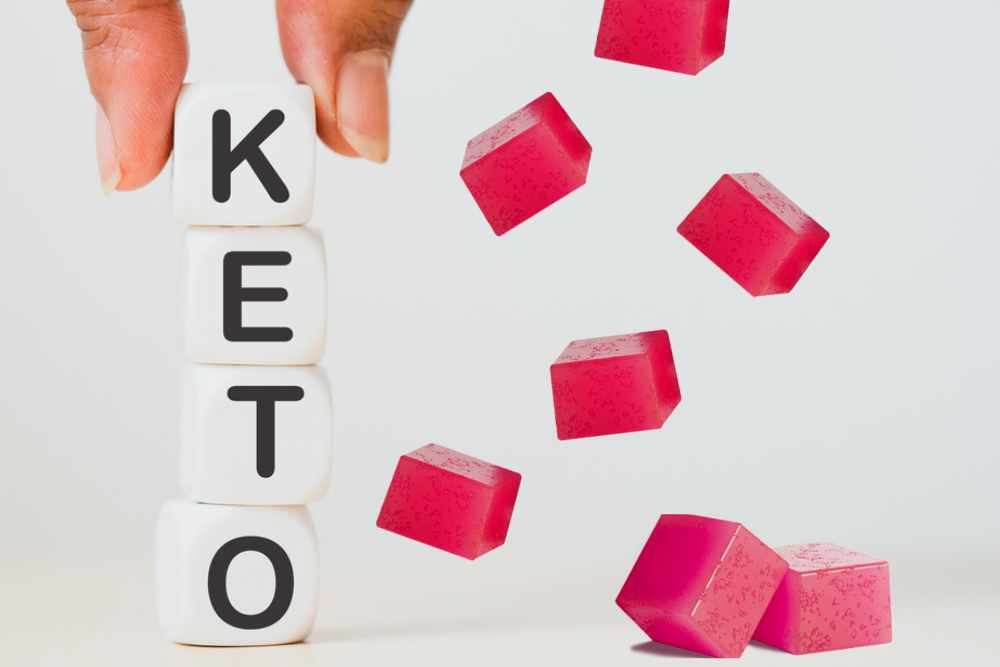If you suffer from chronic pain, you know how it can impact every aspect of your life. From making it difficult to sleep to limiting your mobility, pain can be a constant source of frustration and discomfort. While there are many traditional remedies available, some people are turning to alternative options like CBD oil for pain relief. One popular method is using CBD bath bombs, which combine the soothing effects of a warm bath with the potential benefits of CBD oil. In this article, we explore the use of CBD bath bombs for pain relief and how they may offer a natural and effective solution for managing chronic pain.
What are CBD Bath Bombs?
CBD bath bombs are similar to traditional bath bombs in that they dissolve in water to create a relaxing and fragrant bath experience. However, they also contain CBD oil, which is derived from the hemp plant and is known for its potential health benefits. When CBD oil is added to a bath bomb, it may be absorbed into the skin as you soak, potentially offering benefits like pain relief and inflammation reduction.
How CBD Oil May Offer Pain Relief
CBD oil is believed to offer pain relief by interacting with the body's endocannabinoid system (ECS), which is responsible for regulating various functions like sleep, appetite, and pain. The ECS contains receptors that bind with cannabinoids like CBD, and when CBD is introduced to the system, it may help to reduce pain and inflammation.
Research has shown that CBD oil may offer relief from pain associated with a variety of conditions, including arthritis, neuropathic pain, and multiple sclerosis (1). One study conducted on rats with arthritis found that transdermal application of CBD reduced pain-related behavior and inflammation (2). Another study conducted on human sebocytes found that CBD oil exerted anti-inflammatory effects and was effective at reducing the production of sebum, which is associated with acne and other skin conditions (3).
How CBD Recovery Bath Bombs May Offer Pain Relief
When CBD oil is added to a bath bomb, it is absorbed through the skin as you soak. This allows the CBD to potentially interact with the ECS receptors in the skin, offering localized pain relief and reducing inflammation. Additionally, the warm water from the bath may help to relax muscles and improve circulation, potentially offering further pain relief.
How to Use CBD Bath Bombs for Pain Relief
To use a CBD bath bomb for pain relief, simply add the bath bomb to warm water and soak in the tub for at least 20-30 minutes. This will allow time for the CBD oil to be absorbed into the skin and potentially offer pain relief. For best results, it is recommended to use a bath bomb with a higher concentration of CBD oil.
It is important to note that while CBD oil is generally considered safe, it may cause side effects like dry mouth, nausea, and changes in appetite or mood. Additionally, CBD may interact with certain medications, so it is important to speak with a healthcare provider before using CBD products.
CBD bath bombs may offer a natural and effective solution for managing chronic pain. By combining the benefits of a warm bath with the potential pain relief and inflammation reduction offered by CBD oil, CBD bath bombs may be a great addition to your pain management routine. As with any CBD product, it is important to consult with a healthcare provider before use and to be aware of any potential risks or side effects.
If you're looking to learn more about the benefits of CBD for pain and inflammation relief, check out our recent blog post "CBD Bath Bomb Benefits: How CBD Oil Bath Bombs To Relax and Recover" and "CBD and Weightlifting: A Match Made in Heaven for Muscle Growth and Recovery" for more information.
References:
-
Russo, E. B. (2008). Cannabinoids in the management of difficult to treat pain. Therapeutics and Clinical Risk Management, 4(1), 245-259. doi: 10.2147/tcrm.s1928
-
Hammell, D. C., Zhang, L. P.,
-
Maione, S., Piscitelli, F., Gatta, L., Vita, D., De Petrocellis, L., Palazzo, E., . . . Di Marzo, V. (2011). Non-psychoactive cannabinoids modulate the descending pathway of antinociception in anaesthetized rats through several mechanisms of action. British Journal of Pharmacology, 162(3), 584-596. doi: 10.1111/j.1476-5381.2010.01063.x
-
Oláh, A., Tóth, B. I., Borbíró, I., Sugawara, K., Szöllõsi, A. G., Czifra, G., . . . Bíró, T. (2014). Cannabidiol exerts sebostatic and antiinflammatory effects on human sebocytes. Journal of Clinical Investigation, 124(9), 3713-3724. doi: 10.1172/jci64628
-
National Center for Complementary and Integrative Health. (2020, September). Cannabidiol (CBD) and Your Health. Retrieved from https://www.nccih.nih.gov/news/press-releases/nih-to-investigate-minor-cannabinoids-and-terpenes-for-potential-painrelieving-properties
-
Hammell, D. C., Zhang, L. P., Ma, F., Abshire, S. M., McIlwrath, S. L., Stinchcomb, A. L., & Westlund, K. N. (2016). Transdermal cannabidiol reduces inflammation and pain-related behaviours in a rat model of arthritis. European Journal of Pain, 20(6), 936-948. doi: 10.1002/ejp.818
-
De Gregorio, D., McLaughlin, R. J., Posa, L., Ochoa-Sanchez, R., Enns, J., Lopez-Canul, M., . . . Gobbi, G. (2019). Cannabidiol modulates serotonergic transmission and reverses both allodynia and anxiety-like behavior in a model of neuropathic pain. Pain, 160(1), 136-150. doi: 10.1097/j.pain.0000000000001386
-
Petrosino, S., Verde, R., Vaia, M., Allarà, M., Iuvone, T., & Di Marzo, V. (2018). Anti-inflammatory properties of cannabidiol, a nonpsychotropic cannabinoid, in experimental allergic contact dermatitis. Journal of Pharmacology and Experimental Therapeutics, 365(3), 652-663. doi: 10.1124/jpet.117.244368
-
Nagarkatti, P., Pandey, R., Rieder, S. A., Hegde, V. L., & Nagarkatti, M. (2009). Cannabinoids as novel anti-inflammatory drugs. Future Medicinal Chemistry, 1(7), 1333-1349. doi: 10.4155/fmc.09.93
-
National Institute of Arthritis and Musculoskeletal and Skin Diseases. (2020, September). Arthritis. Retrieved from https://www.niams.nih.gov/health-topics/arthritis
-
- CBD Bath Bomb Benefits
- CBD Bath Bombs
- CBD for inflammation
- CBD For pain
- CBD for Pain Management
Tagged under













No comments yet!
Be the first to comment